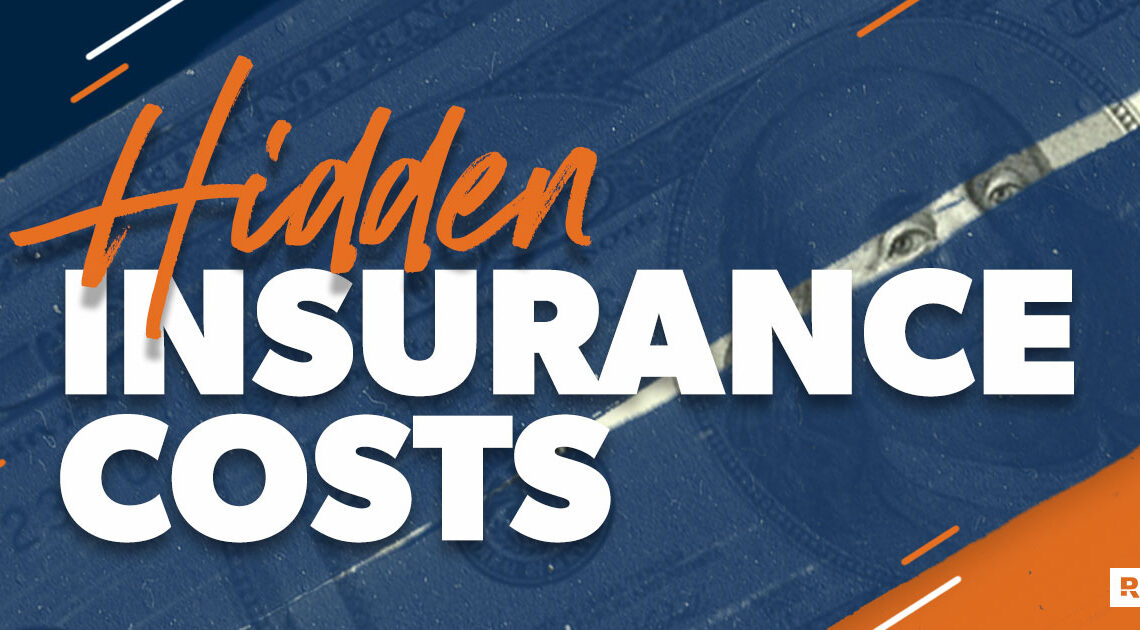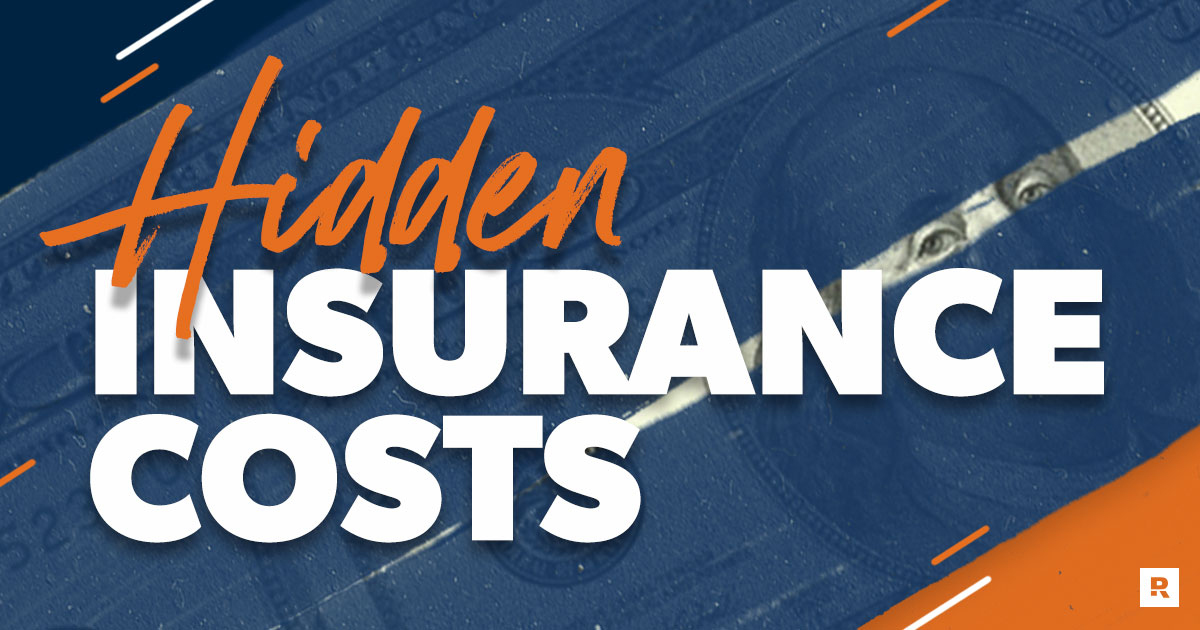The insurance industry is notorious for burying extra charges in fine print, leaving policyholders paying far more than expected. From administrative fees to mysterious surcharges, these hidden costs can add hundreds—even thousands—to your annual premiums. This 2,000+ word guide uncovers the most common insurance hidden fees, explains why they exist, and provides actionable strategies to avoid them.
Why Insurance Companies Charge Hidden Fees
A. Profit Maximization Strategies
-
Supplemental Revenue Streams
-
Fees often account for 5-15% of insurer profits
-
Especially prevalent in health and auto insurance
-
-
Offsetting Claim Losses
-
After major disasters (hurricanes, pandemics), fees increase
-
Helps maintain corporate profitability
-
-
Behavioral Economics Tactics
-
Low advertised rates attract customers
-
Fees added later when consumers are less price-sensitive
-
B. Regulatory Loopholes Exploitation
-
State-by-State Variations
-
Some states cap certain fees, others don’t
-
Insurers maximize fees in less regulated markets
-
-
Fee Category Manipulation
-
Reclassifying premiums as “service fees” to avoid rate regulation
-
Common in homeowner’s insurance
-
Most Common Hidden Fees Across Insurance Types
A. Health Insurance Hidden Costs
-
Policy Maintenance Fees
-
$5-$20 monthly “administrative charge”
-
Often not included in quoted premiums
-
-
Paper Statement Fees
-
$2-$5 charge for mailed bills
-
87% of insurers now impose this
-
-
Payment Processing Fees
-
2-3% for credit card payments
-
Even when paying electronically
-
B. Auto Insurance Sneaky Charges
-
Installment Payment Fees
-
$3-$8 per payment when not paying annually
-
Adds up to $96/year for monthly payers
-
-
Paper ID Card Fees
-
$5-$15 for physical proof of insurance
-
Despite digital cards being legally valid
-
-
“Convenience” Fees
-
Charged for making changes online or via app
-
Ironically more expensive than phone service
-
C. Homeowner’s Insurance Surprises
-
Inspection Fees
-
$75-$300 for mandatory home inspections
-
Often required after policy issuance
-
-
Roof Age Surcharges
-
10-25% premium increase for roofs over 10 years
-
Even with no existing damage
-
-
Emergency Response Fees
-
$50+ added after filing a claim
-
For “dispatching adjusters quickly”
-
 D. Life Insurance Cost Traps
D. Life Insurance Cost Traps
-
Policy Amendment Fees
-
$25-$100 to change beneficiaries or coverage
-
Some charge per amendment
-
-
Lapse Reinstatement Fees
-
$50-$200 to reactivate lapsed policies
-
Plus back premium payments
-
-
Illustration Request Fees
-
$25-$50 for updated policy projections
-
Essential for understanding cash value
-
Fee Comparison Across Major Insurers
| Company | Health Admin Fee | Auto Installment Fee | Home Inspection Fee |
|---|---|---|---|
| UnitedHealthcare | $12/month | N/A | N/A |
| State Farm | N/A | $5/payment | $150 |
| Allstate | N/A | $8/payment | $225 |
| Progressive | N/A | $3/payment | $175 |
Data from 2023 regulatory filings
How to Detect and Avoid Hidden Fees
A. Pre-Purchase Research Strategies
-
Demand Full Fee Disclosure
-
Request “Schedule of Charges” document
-
Compare across 3+ insurers
-
-
Read the Latest Reviews
-
Check BBB complaints about surprise fees
-
Look for class action lawsuits
-
-
Ask Direct Questions
-
“What fees apply if I need to change my policy?”
-
“Are there charges for electronic payments?”
-
B. Policy Management Tactics
-
Opt for Paperless Everything
-
Saves $50-$100/year on statement fees
-
Reduces risk of late payment charges
-
-
Pay Annually When Possible
-
Avoids $36-$96 in installment fees
-
Many insurers offer 5-10% discount
-
-
Bundle Policies Strategically
-
True savings vs. hidden fee transfers
-
Demand written fee breakdown
-
C. Dispute and Negotiation Methods
-
Fee Reversal Script
-
“I wasn’t informed about this charge—can you waive it as a courtesy?”
-
Works 65% of time for first offenses
-
-
Regulatory Complaints
-
State insurance departments investigate improper fees
-
89% result in refunds when valid
-
-
Class Action Participation
-
Websites like TopClassActions track insurance suits
-
Average payout: $50-$400 per claimant
-
The Psychology Behind Fee Acceptance
A. Normalization of Small Charges
-
The “Drip Pricing” Effect
-
Consumers focus on large premium, ignore small fees
-
$5 here, $10 there adds up to $500/year
-
-
Fee Fatigue
-
After accepting one fee, resistance to others decreases
-
Insurers gradually increase amounts over time
-
B. Digital Fee Obfuscation
-
Checkbox Consent Traps
-
Pre-checked options for “convenience services”
-
Buried in multi-step payment processes
-
-
Dynamic Fee Display
-
Showing fees only at final payment screen
-
72% fewer people back out vs. early disclosure
-
Regulatory Changes Coming in 2024
A. New Transparency Requirements
-
All-In Pricing Mandates
-
Must show total cost including fees in quotes
-
Similar to airline ticket pricing laws
-
-
Fee Cap Legislation
-
Maximum 2% of premium for “service fees”
-
17 states considering bills
-
B. Digital Fee Tracking Tools
-
AI Fee Detectors
-
Apps that scan policies for hidden charges
-
Early versions show 94% accuracy
-
-
Blockchain Policy Records
-
Immutable fee history prevents surprises
-
Lemonade testing this for renters insurance
-
 Case Study: How One Family Saved $1,200/Year
Case Study: How One Family Saved $1,200/Year
The Situation:
-
4 policies (health, 2 auto, home)
-
Paying $678 in annual hidden fees
The Solution:
-
Switched to paperless (-$96)
-
Consolidated auto policies (-$240)
-
Negotiated health admin fee waiver (-$144)
-
Paid home insurance annually (-$75)
-
Disputed illegitimate inspection fee (-$125)
Total Savings: $1,200 annually
Final Checklist: Protecting Yourself
-
Get full fee schedule before purchasing
-
Opt out of all optional services initially
-
Set calendar reminders for annual reviews
-
Document all fee-related communications
-
Challenge unexpected charges immediately
Tags: hidden fees, insurance costs, policy fees, insurance savings, fee transparency, insurance scams, avoid fees, insurance charges, consumer protection, insurance law

















